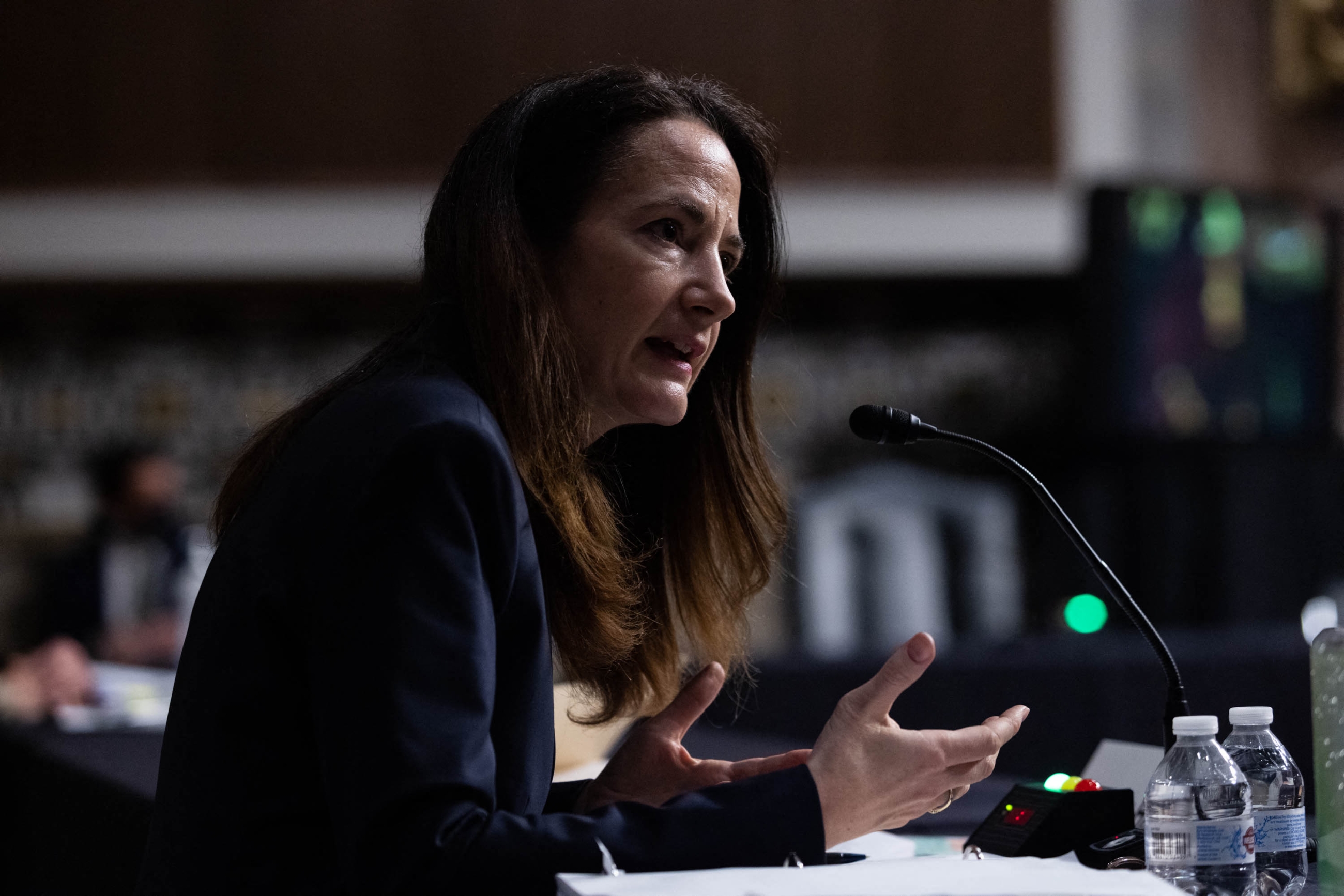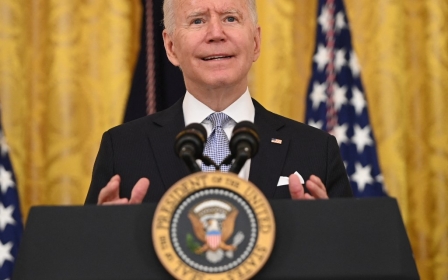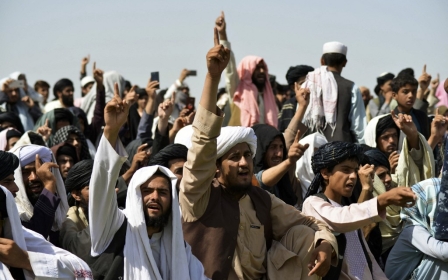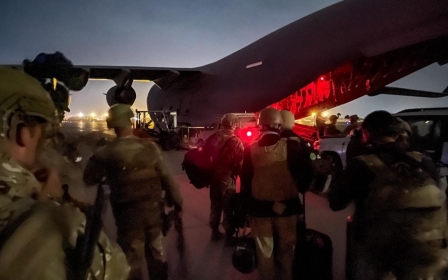US spy chief says Yemen, Syria and Iraq pose greater terror threat than Afghanistan

The US Director of National Intelligence said the greatest terror threats the country faces come from nations such as Yemen, Somalia, Syria and Iraq, with Afghanistan further down the priority list.
Avril Haines told the annual Intelligence and National Security Summit on Monday that Afghanistan was no longer the US's top concern despite fears from some lawmakers that the country could become a haven for terrorist groups following the US withdrawal.
"In terms of the homeland, the threat right now from terrorist groups, we don't prioritise at the top of the list Afghanistan," she said.
"What we look at is Yemen, Somalia, Syria and Iraq for ISIS. That's where we see the greatest threat."
Her comments came as the Biden administration faces fierce criticism by both Republicans and Democrats for the hasty US withdrawal from Afghanistan following the Taliban's takeover last month.
Hours after Haines spoke, Secretary of State Antony Blinken began testimony to the House Foreign Affairs Committee about the withdrawal which continued on Tuesday.
Haines acknowledged that intelligence gathering in Afghanistan had been "diminished" without US troops there, but insisted that the intelligence community was prepared for this reality "for quite some time".
Officials have said that the Islamic State group's local branch in Afghanistan, IS-K, poses a potential threat to the US. The group staged a suicide bombing on 26 August, in the midst of the American evacuation from Kabul, that killed scores of Afghans and 13 US service members.
Haines said that a focus for the intelligence community now was monitoring "any possible reconstitution of terrorist organisations" in Afghanistan.
Countering China and Russia
The IS group still operates in Syria but lost its last stronghold in Baghouz, in March 2019, and is considered territorially defeated in the war-torn country. Still, the group has continued to carry out small-scale attacks on the Syrian government, as well as on the US-backed Syrian Democratic Forces (SDF).
While Iraq declared victory over the IS group in December 2017, the group has continued to wage a low-level insurgency in the rural, mountainous parts of northern and western Iraq and is suspected to have been responsible for several bombings in Baghdad this year.
Meanwhile, thousands of captured fighters and their families have been transferred to makeshift camps and detention centres run by the SDF in Syria.
It is estimated that the camps house around 43,000 men, women and children, placing a major strain on local authorities.
In April, the US military chief in the Middle East said the radicalisation of children at camps in Syria poses the biggest threat to the region, warning that "unless we find a way to repatriate them and reintegrate them and deradicalise them, we're giving ourselves the gift of fighters five to seven years down the road".
Meanwhile, in Yemen, an al-Qaeda offshoot based there has reportedly attempted attacks on the US.
In her testimony, Haines said the top priorities for US intelligence agencies included countering competing countries like China and Russia, and investing in new and emerging technology.
Middle East Eye delivers independent and unrivalled coverage and analysis of the Middle East, North Africa and beyond. To learn more about republishing this content and the associated fees, please fill out this form. More about MEE can be found here.





